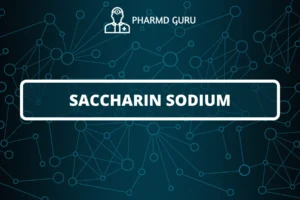Diazotisation and coupling are two sequential reactions commonly used in organic chemistry to prepare a variety of aromatic compounds, such as azo dyes and pigments. Let’s explore each step:
SCROLL DOWN TO THE BOTTOM OF THIS PAGE FOR ACTUAL NOTES.
- Diazotization: Diazotization involves the conversion of an aromatic primary amine (ArNH2) into a diazonium salt (ArN2+ X-). This reaction typically occurs in acidic conditions, where nitrous acid (HNO2) is used as the key reagent.
The diazotization reaction proceeds through the following steps:
- The aromatic primary amine reacts with nitrous acid (HNO2) to form a diazonium ion, which is an intermediate in the reaction. The reaction typically requires low temperatures (0-5°C) to control the potentially explosive nature of diazonium salts.
- The diazonium ion is stabilized by resonance, with the positive charge delocalized over the aromatic ring.
- The counterion (X-) associated with the diazonium salt is usually a halide (e.g., Cl-, Br-) or a tetrafluoroborate (BF4-) ion.
- Coupling: Coupling reactions involve the reaction of the diazonium salt (ArN2+ X-) generated in the diazotization step with a suitable coupling partner (Nu-H) to form a new compound. The coupling partner can be various nucleophiles, including aromatic compounds, amines, phenols, or even carbon nucleophiles.
The coupling reaction proceeds through the following steps:
- The diazonium salt reacts with the nucleophile (Nu-H) to yield the desired product. This reaction can occur in both acidic or basic conditions, depending on the nature of the nucleophile.
- The nucleophile donates an electron pair to the diazonium cation, leading to the formation of the new bond and subsequent expulsion of nitrogen gas (N2).
The choice of the coupling partner determines the functional group introduced into the final product. For example, coupling with phenols can yield azo dyes, while coupling with amines can lead to hydrazine derivatives.
Diazotization and coupling reactions are widely used in the synthesis of dyes, pigments, and other organic compounds. The ability to selectively introduce different functional groups through diazotization and coupling provides a powerful tool for diversifying aromatic compounds and tailoring their properties for specific applications.
ACTUAL NOTES:
PATH: PHARMD/PHARMD NOTES/ PHARMD FIRST YEAR NOTES/ ORGANIC CHEMISTRY/ PHARMACEUTICAL ORGANIC CHEMISTRY/ DIAZOTISATION AND COUPLING.




